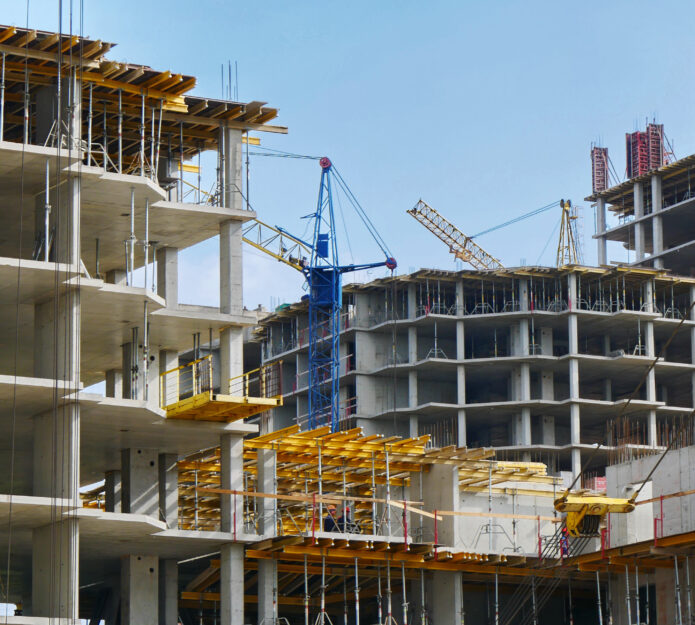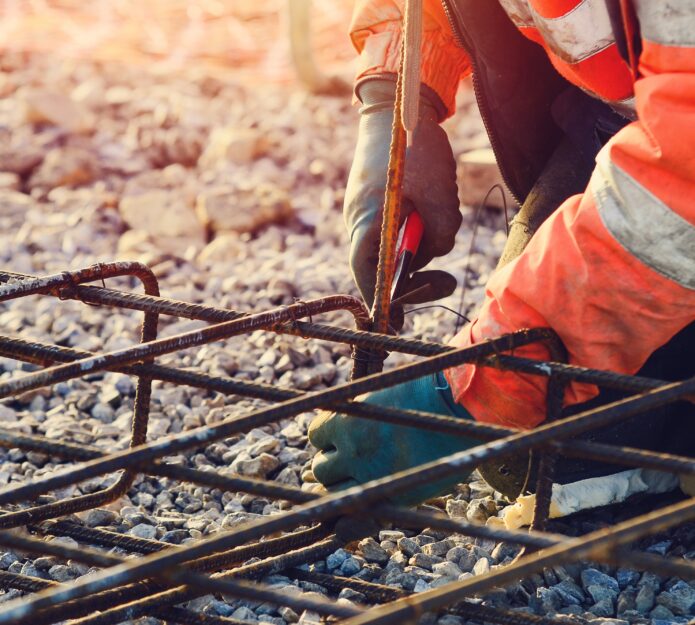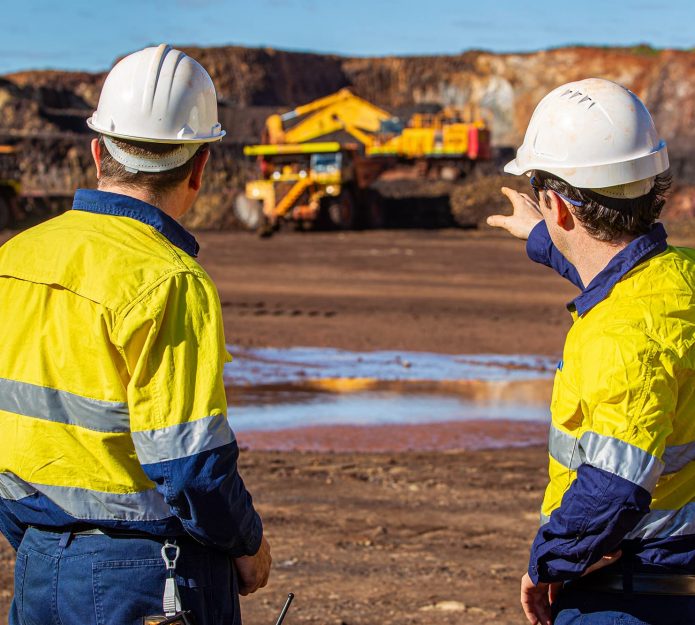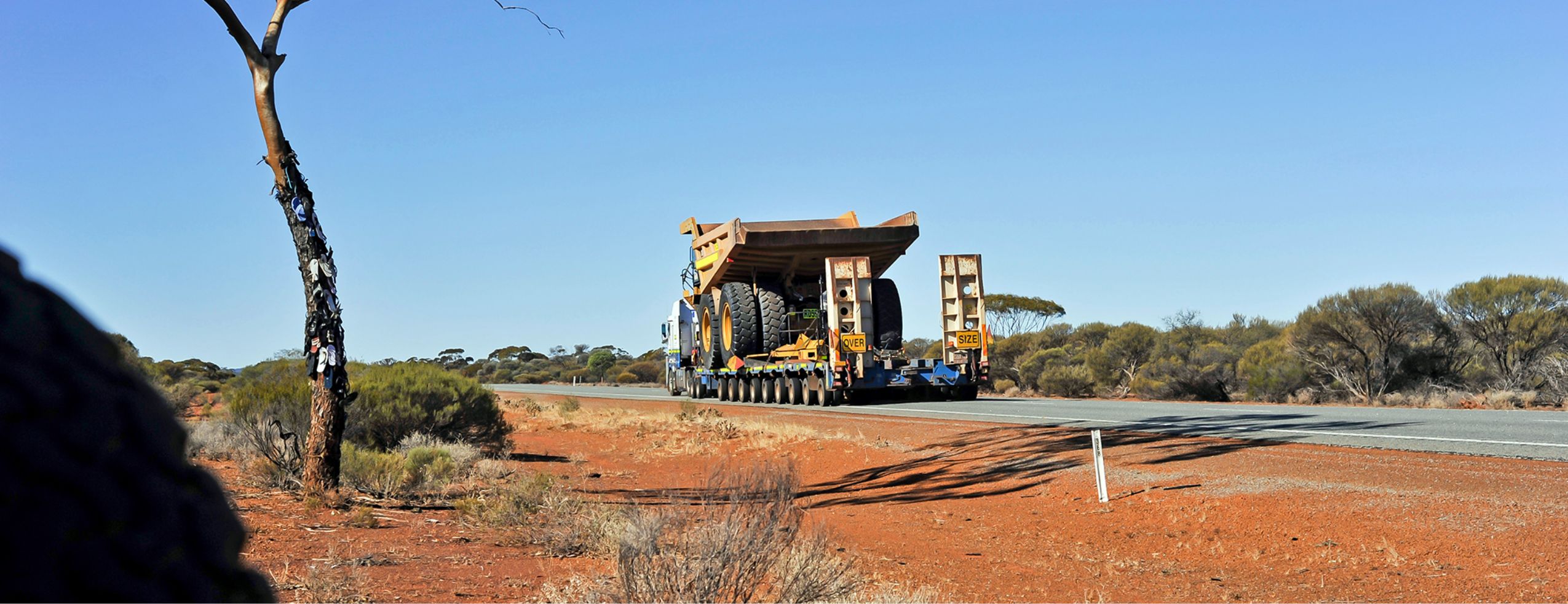How to Get a Job in the Mines With little to no Experience?
In this article, we discuss everything you need to know about the mines and the best way to land yourself an entry level mining position to get your foot in the door and embark on a flourishing career in mining.
If you want to:
- Learn everything you need to know about the mines.
- Discover the different types of jobs and the best entry level positions.
- Get qualified and walk straight or should we say ‘fly’ straight into a high paid job.
Then, this is the blog you’ve been looking for.
Let’s get into it.
Firstly, what are the mines?
When people talk about the mines, it’s difficult for the unacquainted to comprehend the sheer scope of the operations being carried out. However, the word ‘the mines’ is actually a blanket term referring to Australia’s gigantic mining sector. Australia is the world’s largest producer of lithium and a in the top 5 producers of minerals such as gold, iron ore, lead, zinc, coal and nickel. Mines or mine sites are where the process of extracting these naturally occurring mineral deposits takes place. Mining activities include but are not limited to underground and open cut mining. Dredging, quarrying, well operations, evaporation pans, recovery from ore dumps or tailings, and beneficiation activities (such as crushing, screening, washing, and flotation) are everyday mining operations. Additional preparatory work is typically conducted on site as part of mining activities.
How many people work in the mines?
Over 250,000, or about 1 in 10 people, support the 350 different mine sites littered throughout Australia. In fact, Australia is the world’s number one mining nation, with the fruits of its labour accounting for 75% of the country’s exports. Mining plays a massive role in the Australian way of life and is undoubtedly the reason the standard of living in this country is so high.
What is the average mining salary?
It’s no secret that people working in Australia’s mining sector are making a fortune. You’ve probably heard the stories of entry level mining personnel getting paid just as much as doctors. Or noticed the videos floating around social media with workers bragging about how much money they’ve raked in after starting a FIFO job. However, Australia’s mining professionals are indeed some of the highest paid workers in the world.
According to a 2024 study by Talent.com, the average mining salary in Australia is $120,000 per year or $61.54 per hour. This equated to $98,675 per year for entry level workers and $170,000 per year for miners with more experience. It’s not uncommon for experienced mining personnel to take home salaries in excess of $300,000+ per year.
Given that, how much can you realistically expect to earn as a newcomer to the mining industry?
Well, it’s not uncommon for entry level positions to pay circa $100K per annum, but what’s better still is that many of these positions only require you to work for six months of the year. That’s because FIFO workers usually work six days on and seven days off.
Who are the biggest mining companies?
According to Wikipedia, the five largest mining companies in Australia based on market cap, revenue, and production levels are;
BHP (BHP Group Limited)
BHP is one of the world’s largest diversified mining companies. It has extensive mining operations in Australia across various commodities, including iron ore, coal, copper, nickel, and petroleum. BHP Group Limited’s primary Australian operations include the Western Australia Iron Ore (WAIO) operations in the Pilbara region, the Olympic Dam copper, gold, and uranium mine in South Australia, and the Queensland Coal mines.
Rio Tinto
Rio Tinto is another global mining giant with significant operations in Australia. The company produces iron ore, aluminium, copper, diamonds, and other minerals. Rio Tinto’s flagship iron ore operations are located in the Pilbara region of Western Australia, where it operates several mines, including the Brockman, Marandoo, and Yandicoogina mines. Rio Tinto also has bauxite mining operations in Queensland and alumina refineries in Western Australia.
Fortescue Metals Group (FMG)
Fortescue Metals Group is a leading iron ore producer in Australia, primarily focused on the Pilbara region of Western Australia. The company’s primary operations include the Chichester Hub and Solomon Hub mines, which produce high grade iron ore for export to Asian markets. Fortescue has rapidly expanded its production capacity and is one of the world’s largest iron ore suppliers.
Newcrest Mining
Newcrest Mining is one of the largest gold producers in Australia and operates several gold mines across the country. The company’s flagship operation is the Cadia Valley gold-copper mine in New South Wales, one of the largest gold mines in Australia. Newcrest also owns and operates the Telfer gold, copper mine in Western Australia and the Lihir gold mine in Papua New Guinea.
Woodside Petroleum
Woodside Petroleum is Australia’s largest independent oil and gas company, engaged in developing, developing, and producing oil and gas resources. The company operates several major natural gas projects in Australia, including the North West Shelf and Pluto LNG projects in Western Australia. Woodside also has interests in offshore oil and gas fields in Australia and internationally.
These are five of the biggest mining companies in Australia, each with extensive operations and significant contributions to the Australian economy. However, there are hundreds of smaller mining companies and contractors with whom you can seek employment. In fact, it’s far easier to gain employment with the smaller companies, though you’ll likely be working on one the the big five companies mine sites.
What are the different types of mining jobs?
Mining jobs are divided into two categories: on site and off site. Generally speaking, on site/ remote (in the mine) is where blue collar work takes place, and off site/ local (in a city office) is where white-collar work occurs. For the purposes of this article, we are only going to discuss on site/ remote jobs.
On site jobs are generally either FIFO or DIDO because of their remote location. FIFO means fly in fly out and DIDO means drive in drive out. However, some people live permanently in mining towns such as Kalgoorlie. Remote mine site jobs range from exploration to extraction, operations, maintenance and land rehabilitation.
Best entry level Job roles in exploration
Driller’s Offsider/ Assistant
Driller’s offsiders or assistants work alongside drilling crews to support operations and core sample collection. They assist with rig setup and maintenance, handle drilling equipment, and help maneuver drill rods and core barrels. They also assist in core retrieval, logging, and labelling, ensuring proper handling and storage of core samples.
Field Assistant/ Technician
Field assistants or technicians support geologists and exploration teams with fieldwork, sample collection, and data acquisition. They operate field equipment, such as GPS devices and surveying tools, and assist in installing and maintaining exploration equipment. Field assistants may also transport equipment and supplies, set up camp, and perform other logistical tasks during exploration campaigns.
Camp Assistant/Helper
Camp assistants or helpers provide support in maintaining exploration camps and facilities. They assist in setting up and dismantling campsites, preparing meals, and managing supplies and equipment. Camp assistants also help with cleaning and maintenance tasks to ensure a safe and comfortable living environment for exploration crews.
These entry level exploration jobs are some of the most accessible positions to get without mining experience. However, expect to earn your money as roles such as a driller offsider are notoriously laborious jobs.
Best entry level mining extraction jobs
Mine Laborer/ Operator
Mine labourers or operators perform general labour tasks to support mining operations, such as shovelling, hauling, and transporting materials. They may assist with the setup and maintenance of equipment, clean work areas, and perform routine maintenance tasks. This role provides an opportunity to learn about activities such as drilling, blasting, shotcrete and machinery operation.
Drill Rig Operator’s Assistant
Drill rig operator’s assistants work alongside experienced drill rig operators to support drilling operations and core sample collection. They assist with rig setup and maintenance, handle drilling equipment, and help maneuver drill rods and core barrels. This role provides hands on experience in operating drilling machinery and preparing core samples for analysis.
Blast Helper/ Assistant
Blast helpers or assistants assist with blasting activities to break up rock formations and extract mineral ore from the ground. They may help set up and prepare blast sites, load explosives into blast holes, and ensure safety procedures are followed during blasting operations. This role provides exposure to blasting techniques and safety protocols used in mining extraction.
These entry level mining extraction jobs are a great foot in the door for those looking to start their careers in the mining industry. While these roles are often very ‘general’ in nature, they are one of the best ways to get some real life, hands on experience. This allows you to continue learning and developing new skills to advance within the mining sector.
Best entry level maintenance and shutdown jobs
General Labourer
Labourers support maintenance crews by performing manual tasks during shutdowns. They assist with cleaning, dismantling, and reassembling equipment and machinery and transporting tools and materials to work areas. Labourers may also help with general maintenance tasks and site cleanup.
Trade Assistant
During a shutdown, trade assistants support tradespeople such as fitters, electricians, welders, painters, and scaffolders. They assist with tool preparation, parts handling, equipment setup, and performing basic tasks under supervision. Trade assistants may also help with equipment lubrication, cleaning, and minor repairs.
Spotter
Spotters are there to ensure safety protocols are followed during shutdown activities, such as confined space entry, hot work, and equipment operation. They also constantly monitor the work areas for hazards, assist workers as needed, and raise emergency alarms. Spotters may also help with safety inductions and risk assessments.
These entry level shutdown jobs will provide valuable opportunities for you to gain practical experience while developing skills and learning about maintenance and safety practices in the mining industry. While these roles may vary in their specific responsibilities, they are essential in supporting shutdown activities and ensuring the safe and efficient execution of maintenance work at mine sites.
How to get qualified and land your dream job
- Tickets and licences
- Experience
- Resume
Tickets and licences
To land that entry level mining job, obtaining specific tickets and licenses will significantly increase your employability and chances of securing a job. In no particular order, here are some of the best tickets and licenses to consider getting.
White Card
The White Card, or the Construction Induction Card, is a mandatory certification for anyone working in the construction industry, including mining construction projects. It demonstrates your essential safety awareness and knowledge of construction site hazards.
HR License
Many entry-level mining roles involve operating heavy machinery and vehicles, including trucks. Obtaining a Heavy Rigid (HR) or Heavy Combination (HC) truck license demonstrates your ability to operate large vehicles safely and may be required for certain mining jobs.
First Aid
A valid First Aid Certificate is essential for working in any industry, including mining. It demonstrates your ability to provide immediate medical assistance in case of accidents or emergencies, which is crucial in remote mining locations where medical services may be limited.
Working at Heights
Mining operations often involve working at heights, such as on elevated platforms or structures. Obtaining a Working at Heights Certificate demonstrates your competency in safely working at elevated locations and using essential fall protection equipment.
Confined Space
Many mining tasks involve working in confined spaces, such as tanks, shafts, or underground tunnels. A Confined Space Entry Certificate certifies your competency in safely entering and working in confined spaces, as well as implementing rescue procedures if needed.
High Risk Work Licenses
Depending on the specific job role, you may need to obtain high risk work licenses for operating specialised equipment or performing high risk tasks. Examples include Forklift Licenses for operating forklifts and Dogging Licenses for safely directing crane operations.
Gas Test Atmospheres
Gas Test Atmospheres training teaches you how to monitor and test the air quality in confined spaces or hazardous environments, including detecting the presence of toxic gases or explosive vapours.
Experience
In most instances, you will be expected to have some form of experience in the role you are applying for before you can work on the mines. The best way is to first gain the required experience locally by learning transferable skills. Transferable skills are abilities, knowledge, or qualities that can be applied across various roles, industries, or contexts. These skills are not specific to any particular job or field but are valuable assets that can be carried over to different industries. Transferable skills are often seen as essential for career mobility and adaptability. Some typical examples of basic skills in demand on mine sites include pressure washing, operating heavy pneumatic tools such as breakers and operating basic machinery such as elevated work platforms.
Once gained, these skills and experience can be emphasised on your resume and in interviews to demonstrate your suitability for roles in the mining sector.
Resume
You must write a dedicated mining resume to land your entry level mining job. Mining recruiters look out for critical things such as relevant experience, technical skills, safety compliance, leadership, and teamwork on resumes. Tailoring your resume to certain employers and specific job requirements using industry specific keywords is essential. Avoid making common, yet simple, mistakes like spelling and grammatical errors. Writing a perfect mining resume is something that takes time to get right. So remember, your resume should include everything the recruiter wants to read in clear and concise English. A well written resume will resonate with the recruiters and may even open doors for career advancement.
Pro tip
It’s not uncommon for people looking to get their foot in the door to contact specialist resume writers to get that professional looking resume. Although this would incur a cost, it may pay dividends.



